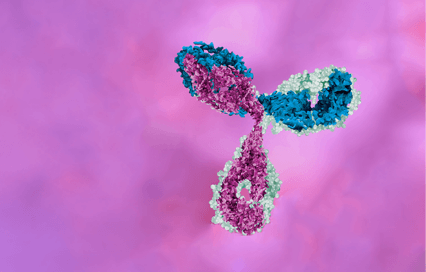The variant (COSM214499) is always high in 0% in NGS QC results, why?
This deletion occurs in the gene ATM at a genomic context with 10 consecutive Ts. These consecutive Ts makes the locus a "slippery" sequence, where the DNA polymerase replicating a copy of the genome can have the template strand slip relative to the strand being synthesized, leading to an INDEL.
The same effect has a high likelihood of occuring by the same mechanism when a PCR polymerase copies the sequence during library prep PCR. Thus, this locus is especially likely to spontaneously form the variant sequence due to PCR cycling during ordinary library prep.
When the allele is not present at all, any human genomic sample (including the Pan-cancer Reference Standard) will show an elevated VAF for this mutation due to PCR error. (In pan-cancer 0% VAF, it shows up at a higher VAF than 99.8% of other variant sites in the standard.) Thus, the background noise is higher due to the genomic context, meaning the Limit of Blank (LoB) of this variant is likely higher than other loci due to the sequence contest.
When the allele is present, the true allele frequency will be added “on top of” the noise level of the locus, meaning this variant will likely have a higher Limit of Detection (LoD) than other variant sites.
Using UMI adapters (like the Twist UMI Adapters) and running consensus collapse and/or duplex collapse can help decrease the noise at this locus due to PCR error in library prep.
Was this article helpful?
Yes
No
Still have questions? Contact Us







